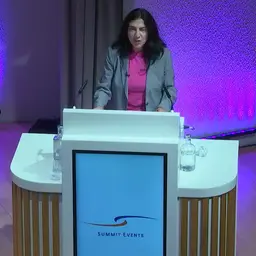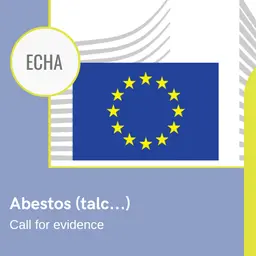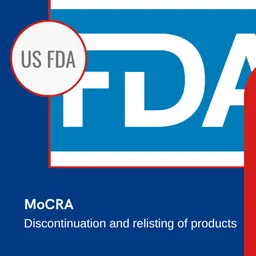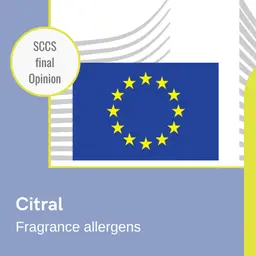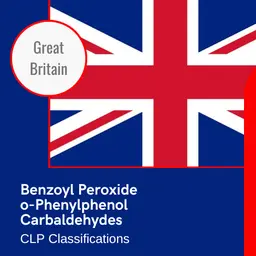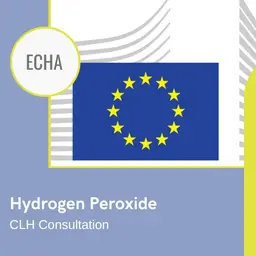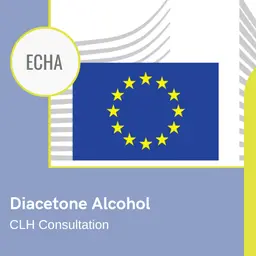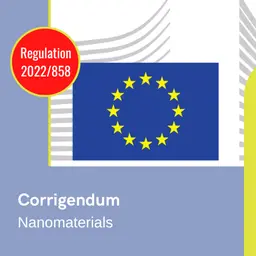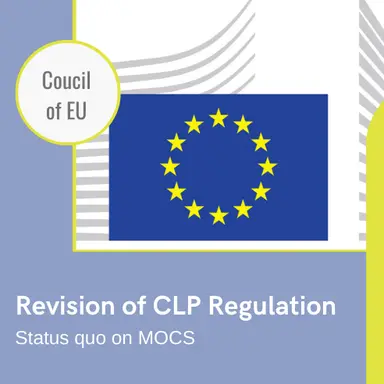
On 30 June, the Council of Europe adopted its negotiating position on the proposed revision of the CLP Regulation. A number of amendments have been made, notably concerning the classification of substances composed of several constituents, also known as “More than One Constituent Substances” (MOCS).
The European Commission’s proposal to revise the Regulation on classification, labelling and packaging of substances and mixtures (known as the CLP Regulation) included new classification rules for multi-constituent substances (including essential oils or plant extracts). The principle was that if a constituent of a substance was classified as mutagenic, carcinogenic, reprotoxic or endocrine disrupting, this classification would apply to the substance as a whole, even if data showed that these properties were absent or less severe for the substance.
On this point, the Council “invited” the Commission to draw up a report four years after the entry into force of the CLP Regulation on these substances, possibly accompanied by a new legislative proposal.
Good news for the industry
This means a reprieve of at least four years, during which the classification rules for MOCS will remain the same as at present.
In a joint press release, Cosmetics Europe and IFRA expressed their satisfaction.
“The natural fragrance ingredients used in perfumes, cosmetics, and personal and homecare products are not deliberate ‘mixtures’ - they are substances that occur naturally. These can have hundreds of constituents depending on the geographical origin of the plant, climate conditions, and so on,” said Aurélie Perrichet, Regional …

